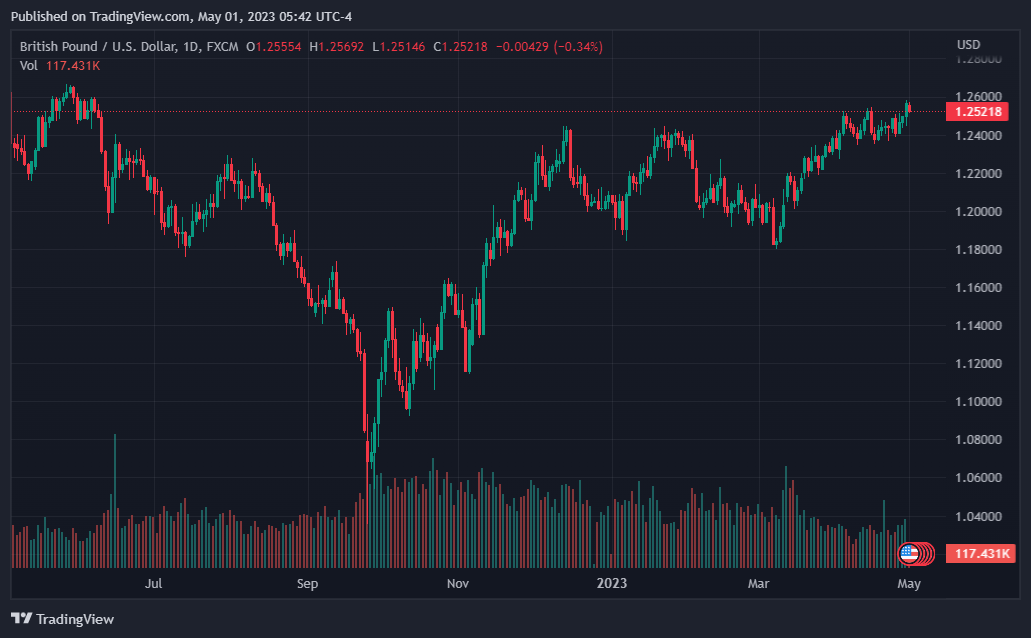Aussie Commodities drop the most in 7 years
AUSTRALIAN COMMODITY PRICES SEE SIGNIFICANT DECLINE IN APRIL 2023
The Reserve Bank of Australia has reported a sharp fall in the index of commodity prices in Australia, which dropped by 19.2% in SDR terms in April 2023. This decline represents the largest drop since February 2016, primarily driven by lower coking coal, iron ore, liquified natural gas and rural commodity prices. On a monthly basis, the index dropped by 5.2% in SDR terms after decreasing by 2.5% in March.
The rural sub-index saw a modest increase in the month, while the non-rural and base metal sub-indices experienced a decline. When measured in Australian dollar terms, the index was down by 11.8% year-on-year and 4.3% over the previous month.
IMPORTANCE OF COMMODITY PRICES YOY
Commodity Prices YoY is a critical economic indicator as it measures the yearly change in the selling price of exported commodities. For Australia, commodity exports have been a significant contributor to the country's export income, accounting for more than half of the total export earnings on average. Fluctuations in export prices, therefore, have a considerable impact on the country's economic activity and export earnings.
Since 1990, changes in export prices have accounted for approximately 75% of the variations in the growth of export values. As a result, developments in export prices can have a significant impact on the country's economic activity.
COMMODITY COMPOSITION OF THE RBA INDEX OF COMMODITY PRICES
The RBA Index of Commodity Prices covers a broad range of commodities. The most important commodities in the index are iron ore, metallurgical coal, and LNG. These three commodities make up the top three with a combined weight of 59.9%, comprising 27.1%, 16%, and 15.8% of the total weight, respectively.
Additionally, thermal coal, gold, and alumina are also significant commodities that make up a considerable proportion of the index. Thermal coal accounts for 9.5% of the total weight, gold for 7.5%, and alumina for 4.1%.
IRON ORE PRICES DROP SHARPLY
Iron ore prices have been a primary contributor to the decline in the RBA Index of Commodity Prices. Iron ore is Australia's most significant commodity export, accounting for a significant proportion of the country's total export income.
The sharp decline in iron ore prices has been driven by several factors, including China's efforts to reduce steel production, which has weakened demand for iron ore. Additionally, the rise of alternative sources of iron ore has put downward pressure on prices. With the global demand for iron ore falling, Australian exporters are feeling the impact of the drop in prices.
COAL AND LNG PRICES ALSO DECLINE
Coal and LNG prices have also experienced a decline, putting further pressure on Australia's export earnings. The decline in prices has been driven by a range of factors, including China's efforts to reduce its carbon footprint, which has led to lower demand for coal.
Moreover, the rise of renewable energy has put downward pressure on demand for LNG. As a result, Australia's coal and LNG exports are expected to continue to face significant challenges in the coming months, which may further impact the country's economic activity.





















